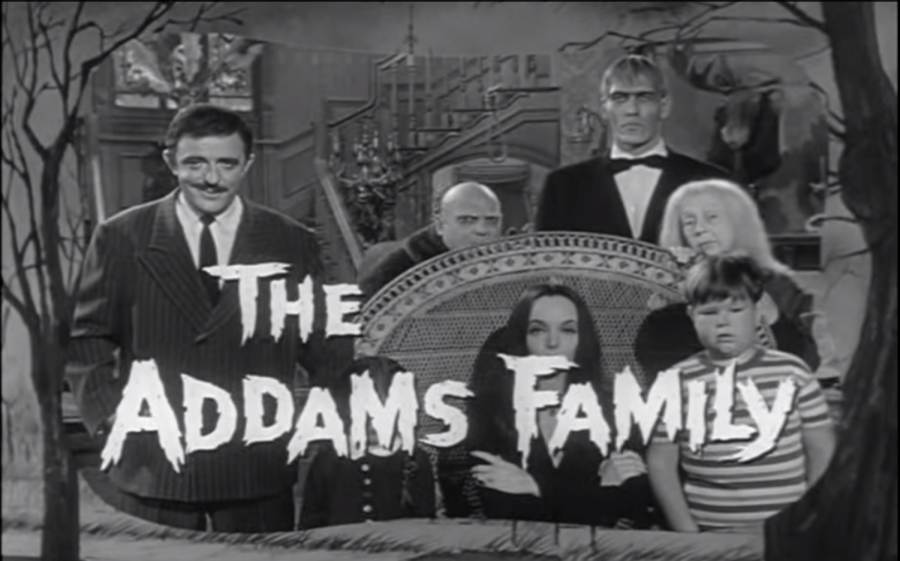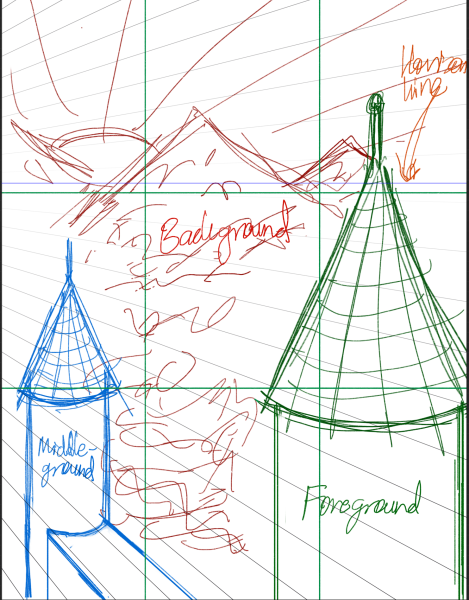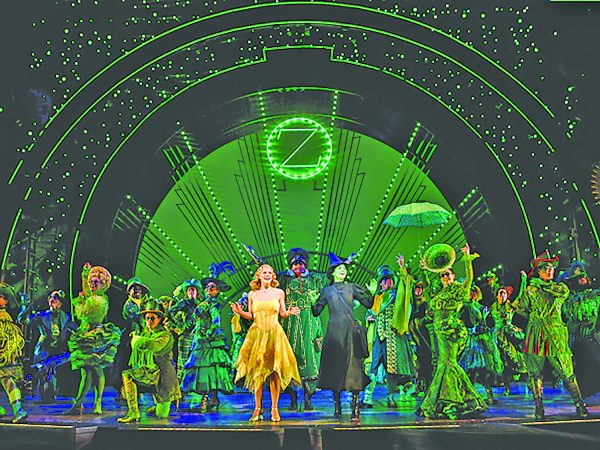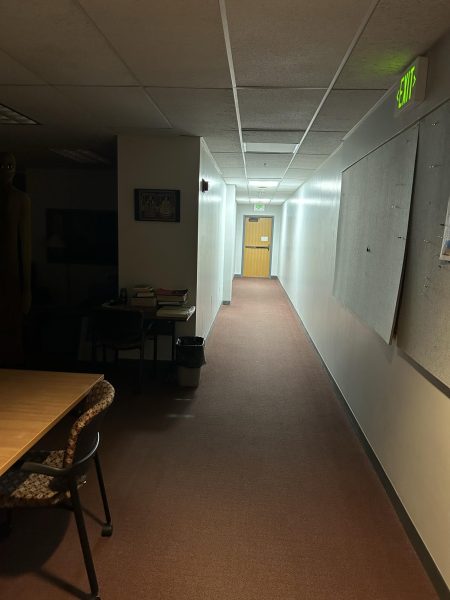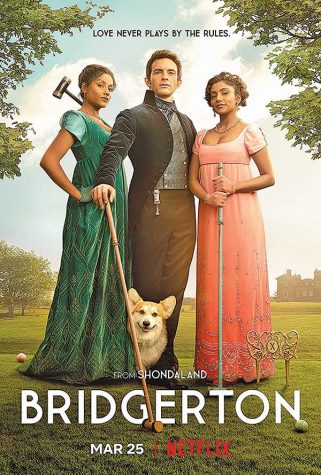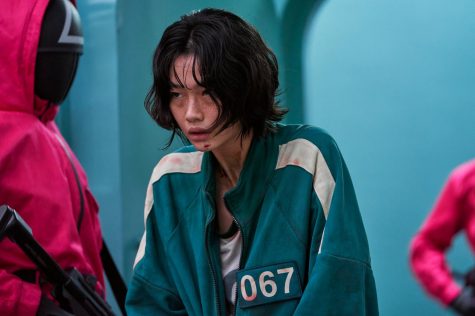“The Addams Family” is a delightful distraction
I decided to forgo watching the presidential debate and spent my night watching the 1964 live-action television show “The Addams Family.”
The theme song sums this macabre-but-friendly family up well: “They’re creepy and they’re kooky, mysterious and spooky/ They’re altogether ooky, the Addams Family!”
The Addamses are a morbid bunch. The vampiric and beautiful Morticia Addams (Carolyn Jones) and her bug-eyed husband Gomez (John Astin) both have equally interesting hobbies; Morticia cares for poisonous plants and Gomez blows up toy trains with dynamite. Despite owning a large house with the lushest furnishings, neither appears to need a job or supplemental income.
They have two children, six-year-old Wednesday (Lisa Loring) and eight-year-old Pugsley (Ken Weatherwax) with other strange obsessions. Wednesday enjoys beheading dolls and raising champion spiders, while Pugsley enjoys playing with his pet octopus Aristotle and blowing things up.
Ted Cassidy plays Lurch, the family’s butler, who bears a striking resemblance to Frankenstein’s monster, with the added benefit that he also is a talented pianist.
Gomez’ brother is Uncle Fester (Jackie Coogan) whose squawked voice lends to the weirdness. Fester has the shocking (pun intended) ability to illuminate a lightbulb by putting the metal end in his mouth.
Two other characters live in the house, Grandmama (Marie Blake) and Thing, a disembodied right hand that lives inside the house through an interconnected series of boxes. Grandmama has very few lines, but Thing plays a prominent role as the family pet.
Thing has no speaking lines, but often communicates using Morse code. It is also able to go into the mailbox from the back and take the mail right out of the mailman’s hands, then deliver it to Wednesday by opening his box on the front table by the door.
Despite their propensity for the cruel, evil, awful and gloomy, the Addamses are the protagonists of their story. Morticia has no problem raising piranhas, and she and Gomez praise Pugsley for stealing stop signs (“Oh, Pugsley, how lovely! Another one for the collection!”) while crashing noises play in the background.
They find the concept of a knight slaying a dragon even more disgusting. “That poor defenseless dragon!” Morticia wails. “How could they!” Similarly, the children’s playroom is not unlike a medieval torture chamber, featuring a guillotine, several sharp axes, and a set of stocks.
Interestingly, they strongly urge the children to play nice with those who “grow pansies in their backyard” and welcome guests in with a flourish. Even when someone is unkind to them, they remain collected. They accept apologies with grace and dignity, encouraging their children to do the same.
The house itself is another running gag. It’s suggested that every Addams family member is, in some way, another unusual character. Tish is shown knitting oddly-shaped sweaters for family members with names like “Cousin Goop.”
The home is full of trophies from past Addams, like a giant fish trophy head with a diver’s leg and flipper coming out. Another is a giant tortoise, behind which Wednesday keeps her “thoroughbred” spider colony.
The show is obviously dated both in dialogue and visuals. It’s in full black and white, which I don’t mind. It does lend itself to the ghostly look of Morticia, who wears dark lipstick and has long, black hair. She wears a black, spidery gown that touches the floor– her almost-waddling floating-walk looks good from waist-up, but long, panned out shots make her seem awkward.
John Astin’s eyes are tightlined with black eyeliner, which in far shots make his eyes seem sunken, but it makes him look like an emo teen from 2014 close-up. Aristotle the octopus is most obviously a rubber model, but that doesn’t derail the overall effect of the gag.
The show also features a laugh track, a feature of TV I hate. Fortunately, the laugh track is unobtrusive, and I don’t find that it disrupts the show or is too loud. The practical and special effects used in the show, such as the explosions when Lurch drives the family car, or when the children play with dynamite, were too advanced to be shown in front of a live studio audience.
The highlight of the show, for me, is the absolute love that the family has for each other. Morticia and Gomez are the opposite of sterile towards each other. The two are shown embracing often, and Gomez will often kiss Morticia down the neck and arm to woo her.
Gomez is never shown kissing her on the lips, which fans attribute to the massive amount of makeup the two were both probably wearing. Astin and Jones said that they played the couple as incredibly loving in direct contrast to many other TV couples from the era whose sex lives were, at best, nonexistent.
The Addamses are altogether the most wholesome family on-screen; arguments and disagreements are always resolved, just sometimes by duel. Love and validation are freely given.
If you’re looking for an evening escape to a paradise that’s just a little out of the ordinary, consider “paying a call on” the Addams Family. They won’t disappoint.

Senior, Journalism & Creative Writing
Grew up in Atkinson, NH
Fall 2018
Along with traditional journalism, I enjoy writing satire and fun feature...


